MAY 28, 2024: If the top of Scotland, the route of the NC 500, is a rectangle, we started in the lower right corner and drove up the east coast, the right side of the rectangle. Today we continued the drive north along the east coast, until we reached the top right corner of the rectangle – the northeast corner of mainland UK.
As we drove along the northeast coast, we could see hundreds of turbines placed in the sea. These are offshore wind farms to provide renewable energy. As of 2023, the UK has 44 offshore wind farms, contributing about 13% to the UK electricity mix.
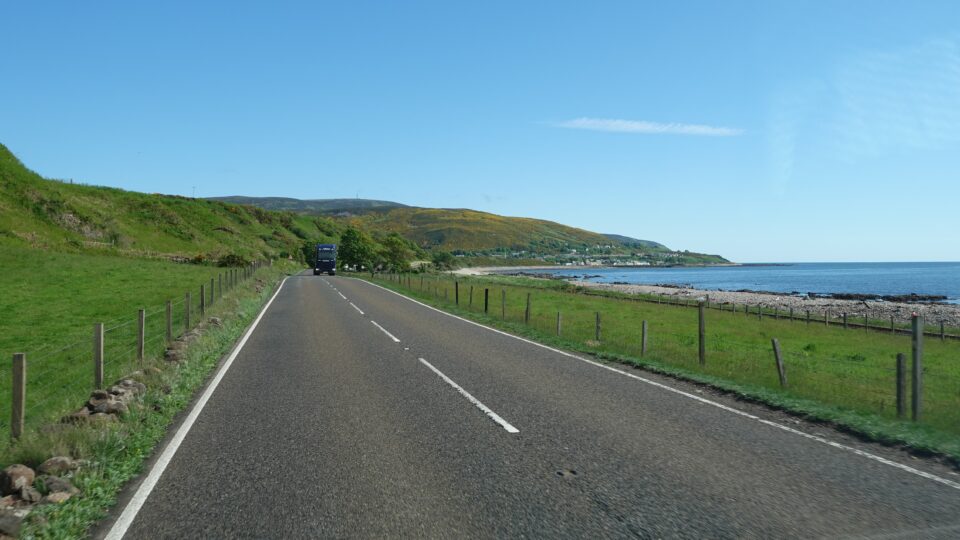
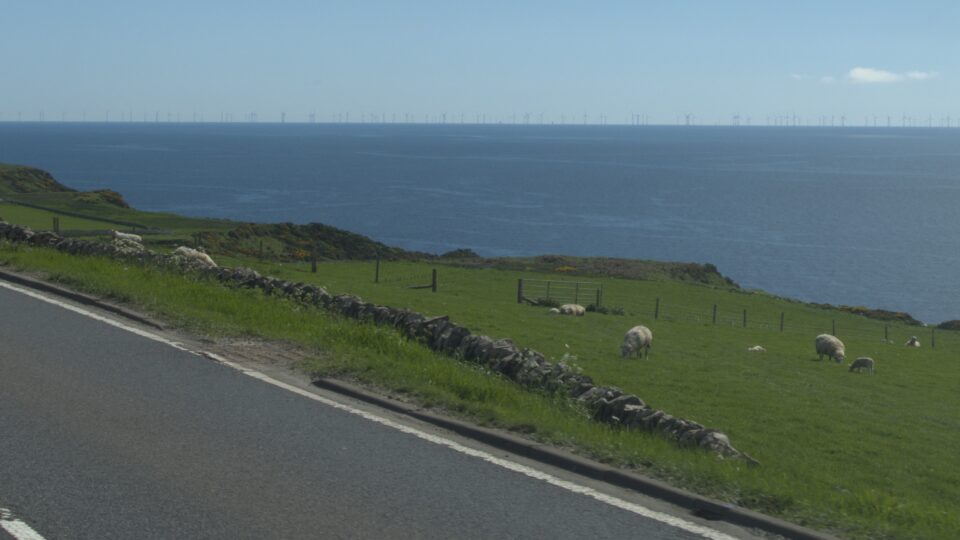
Our first stop along the way was the Whaligoe Steps. This one was on my will-I-make-it list. The Whaligoe Steps is a path of 365 steps zigzagging down a cliff leading to what was once a narrow harbor. That is over 20 flights of stairs down and then back up! There were people who only went part way, but I was determined to do the full route. With hiking poles in hand (they really help), we set off.
Made it down to the bottom.
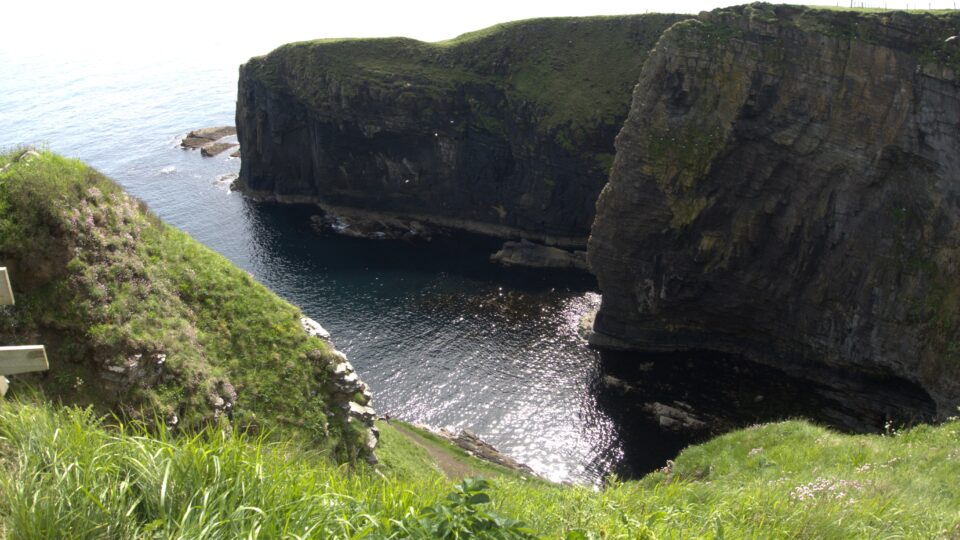
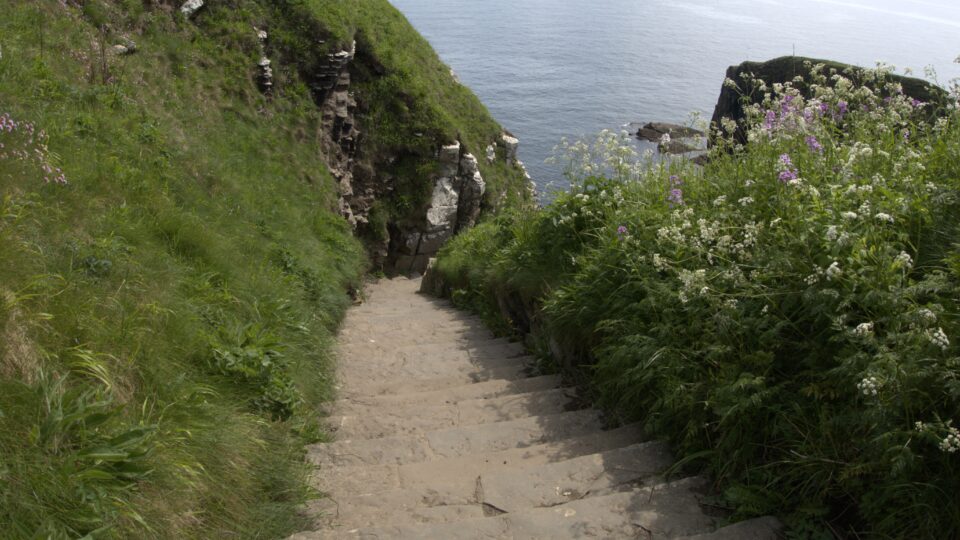
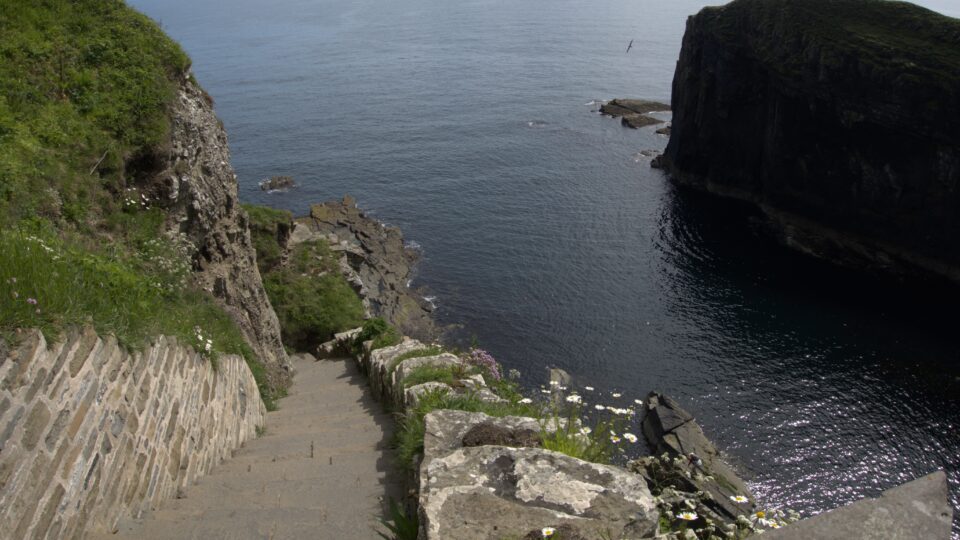
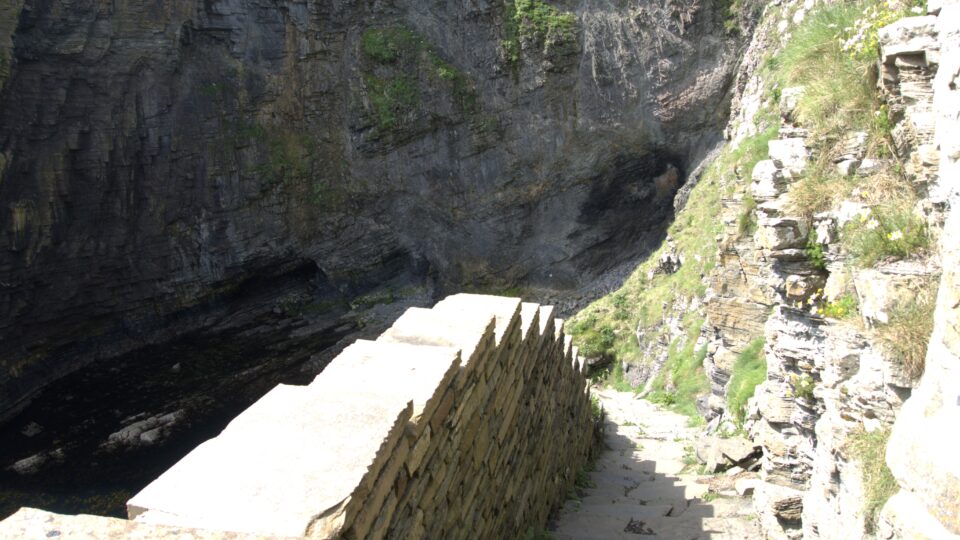
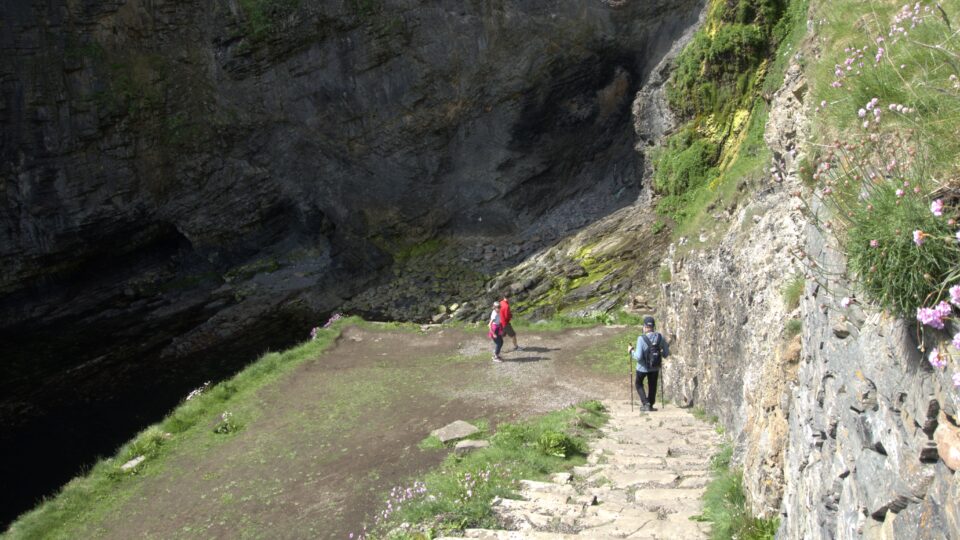
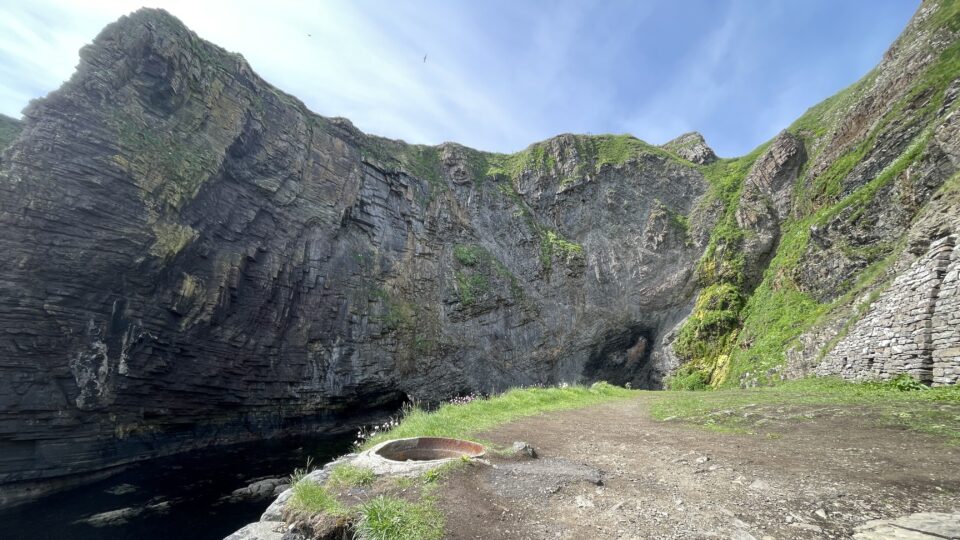
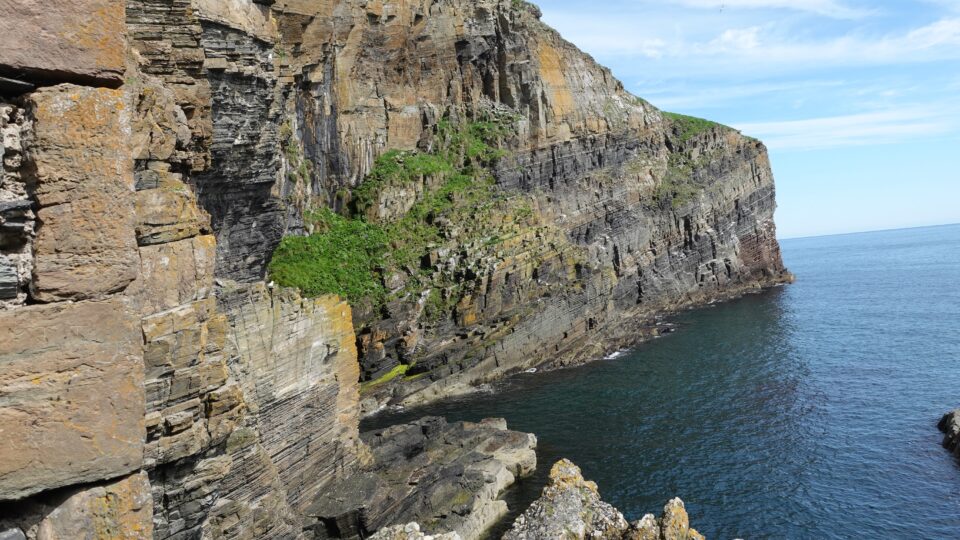
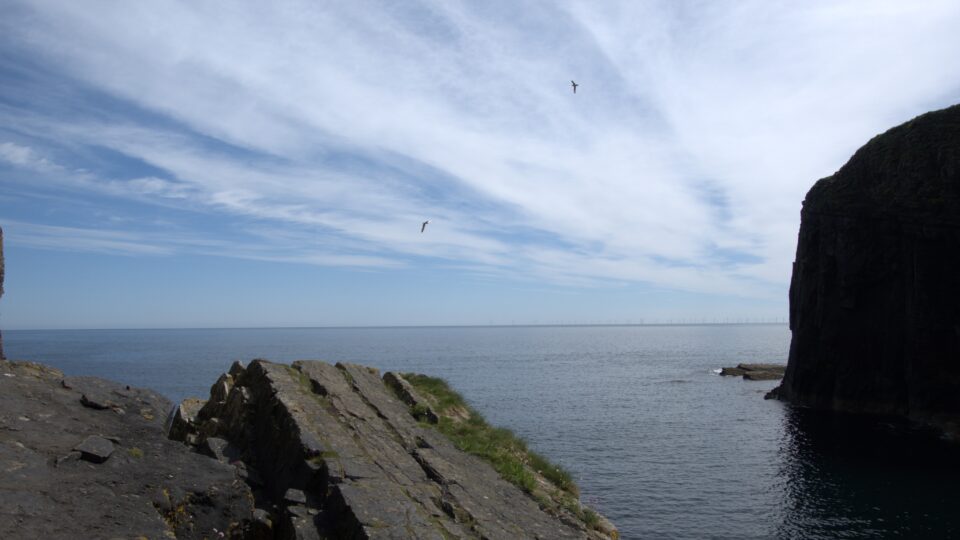
Made it up to the top.
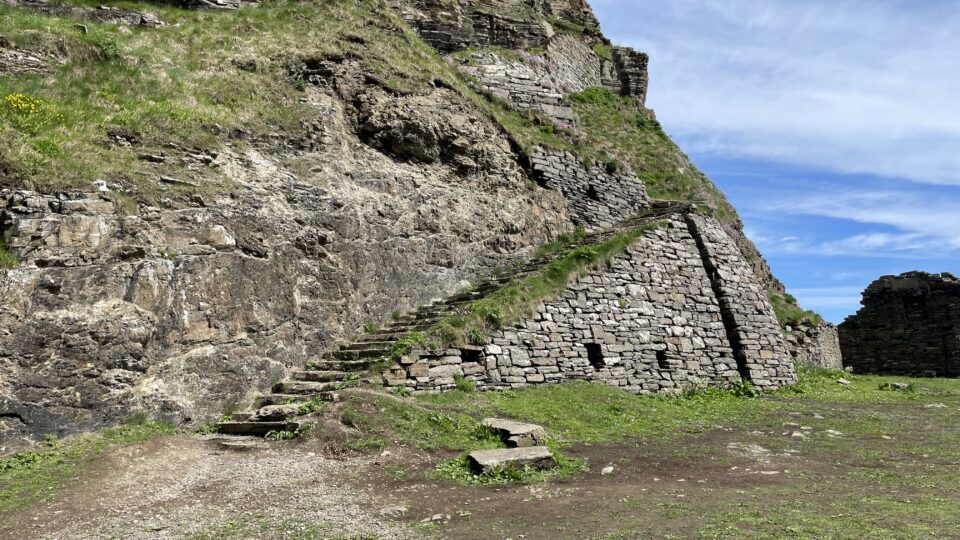
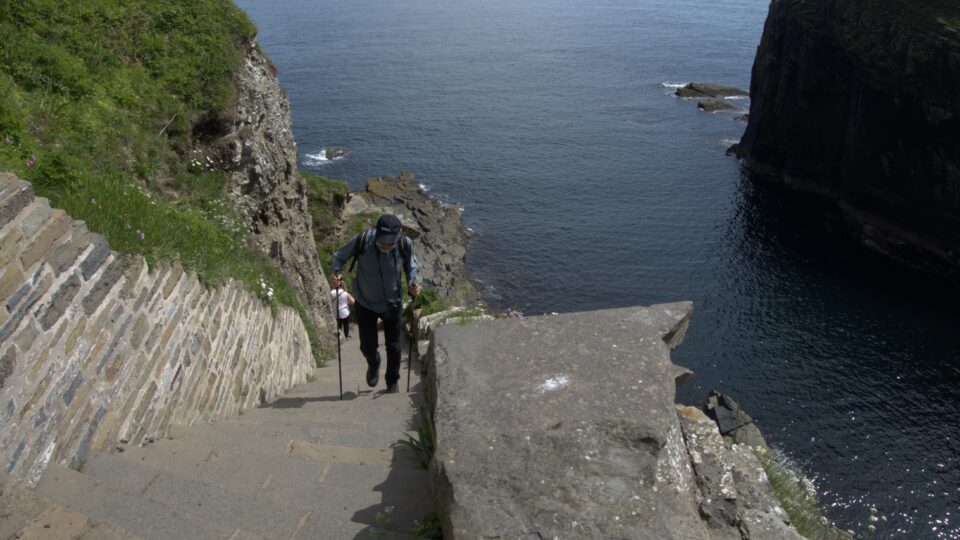
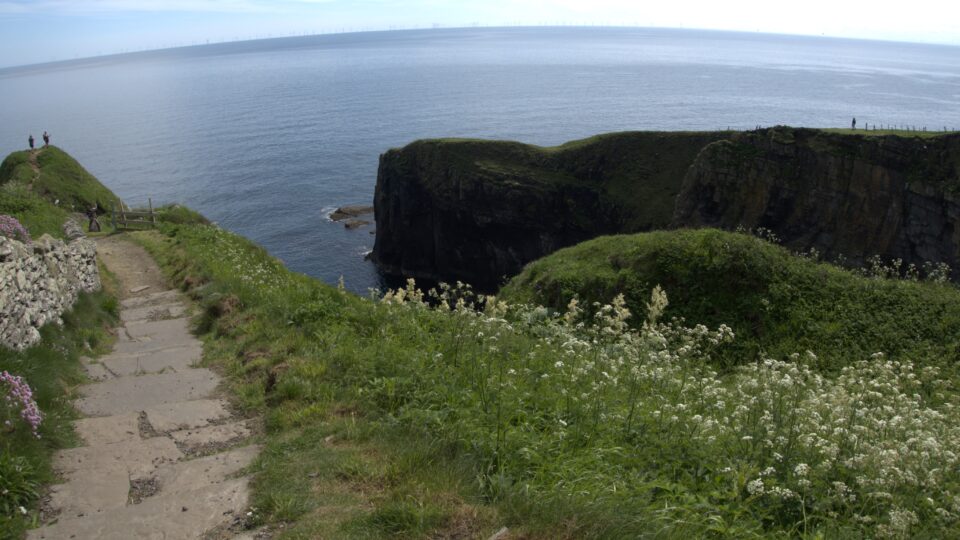
So far, we had visited in Scotland two lighthouse. Now we would go to our third, on the Noss Head peninsula.
The drive to Noss Head was on secondary roads through green agricultural fields. On the peninsula we had two places to visit – Castle Sinclair Girnigoe and the Noss Head Lighthouse.
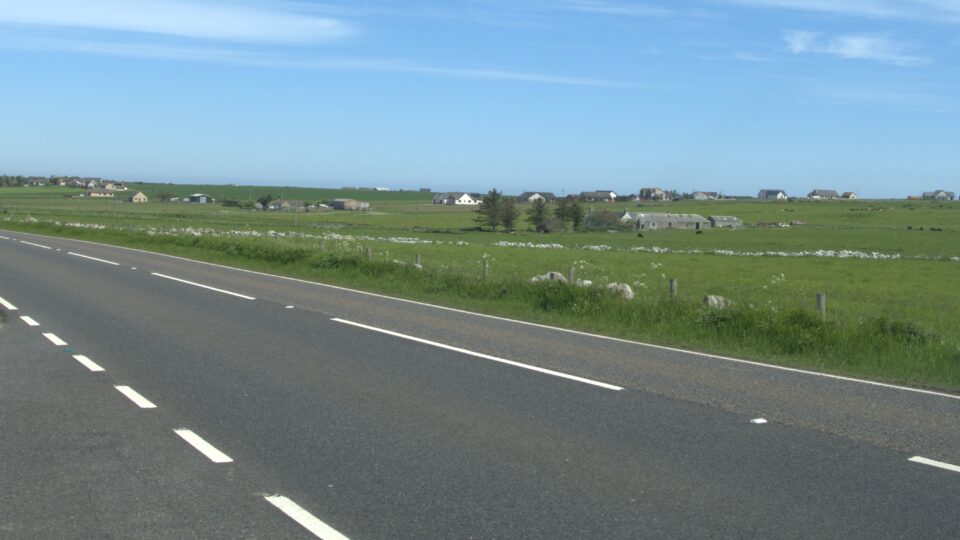
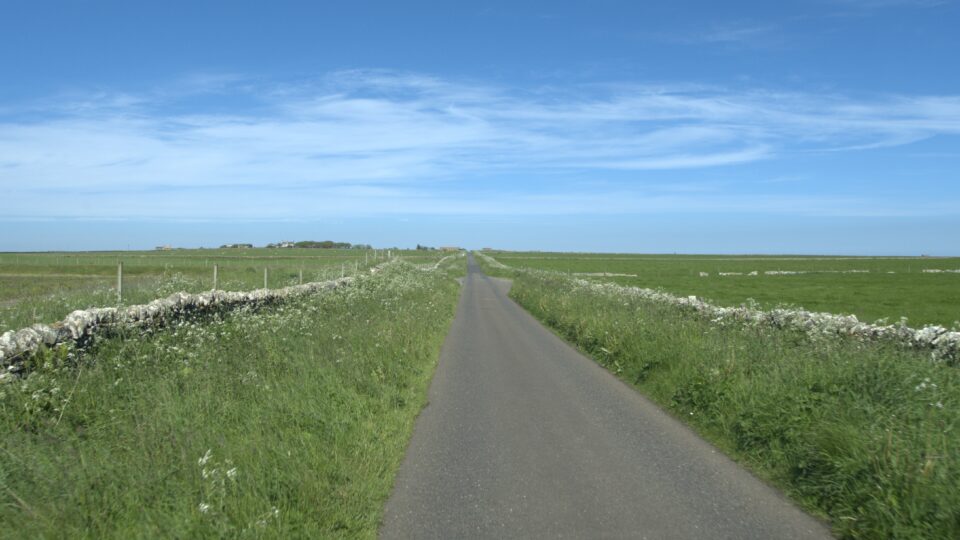
We started with the castle. The ruins of Castle Sinclair Girnigoe, overlooking Sinclair Bay, was once the home of the Sinclair Clan. It was first built in the 1500’s and expanded greatly over the years.
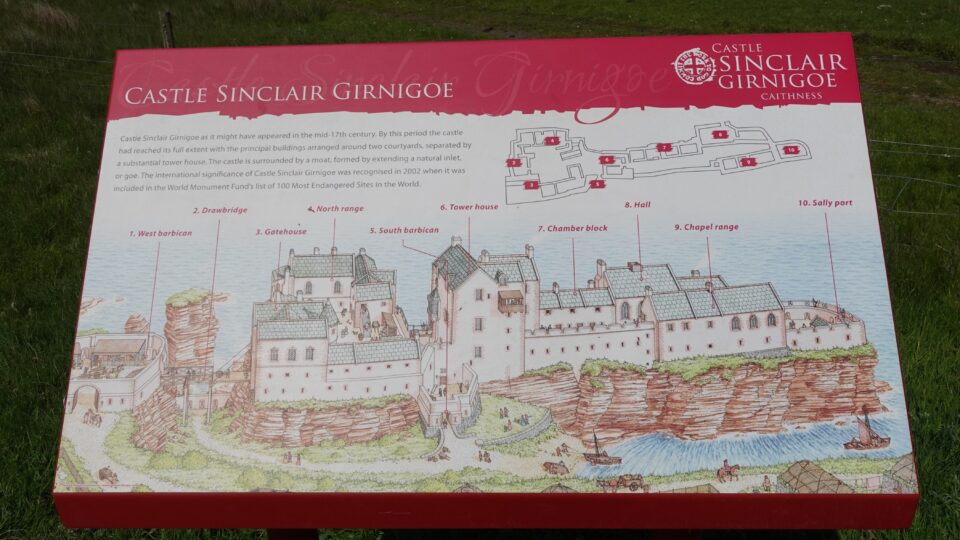
The castle is the only castle in Scotland which is listed by the World Monuments Fund and in 2002, put on its list of 100 Most Endangered Sites in the World. We saw a plaque on the castle, that it was visited by Prince Charles in 2005 to commemorate the start of its preservation. Now, almost 20 years later, not much seems to have been done. One area is roped off and scaffolded on one side. Maybe that part is now being repaired.
Unlike Dunnottar Castle, which has been restored, and you need to pay an entrance fee to visit (and to arrive during open hours), here you can walk right into the ruins.
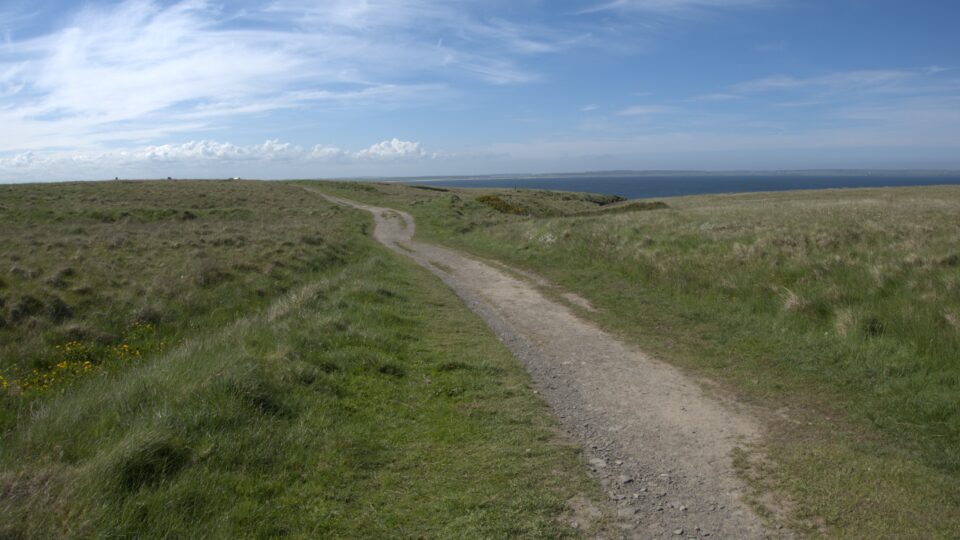
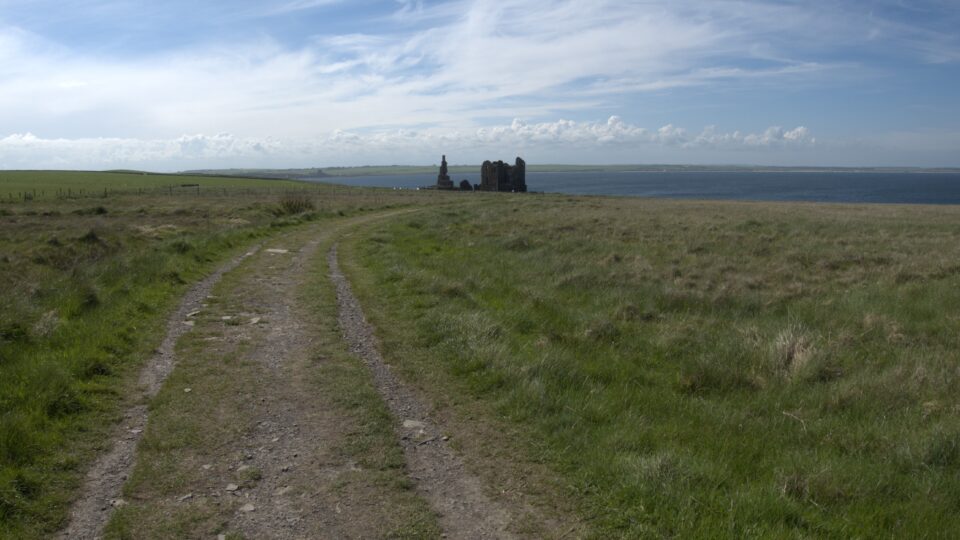
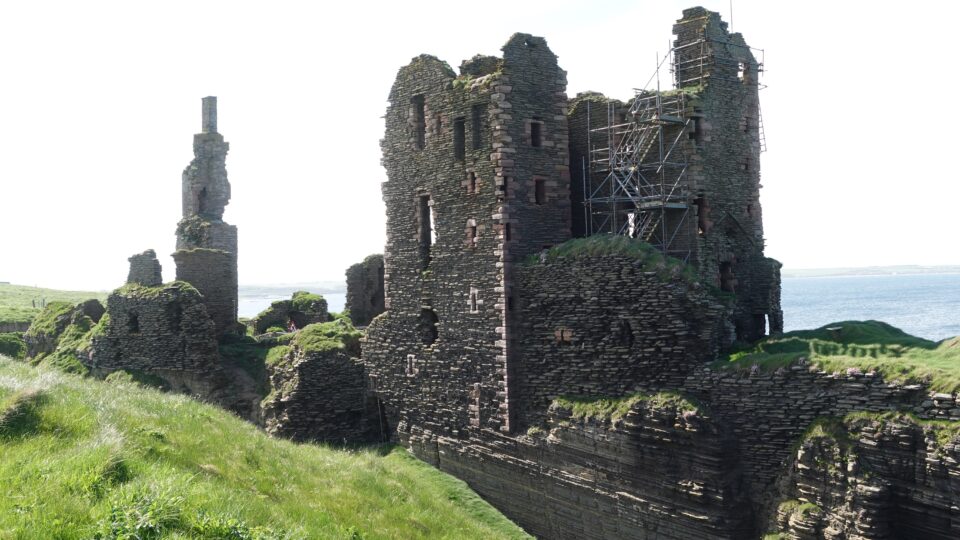
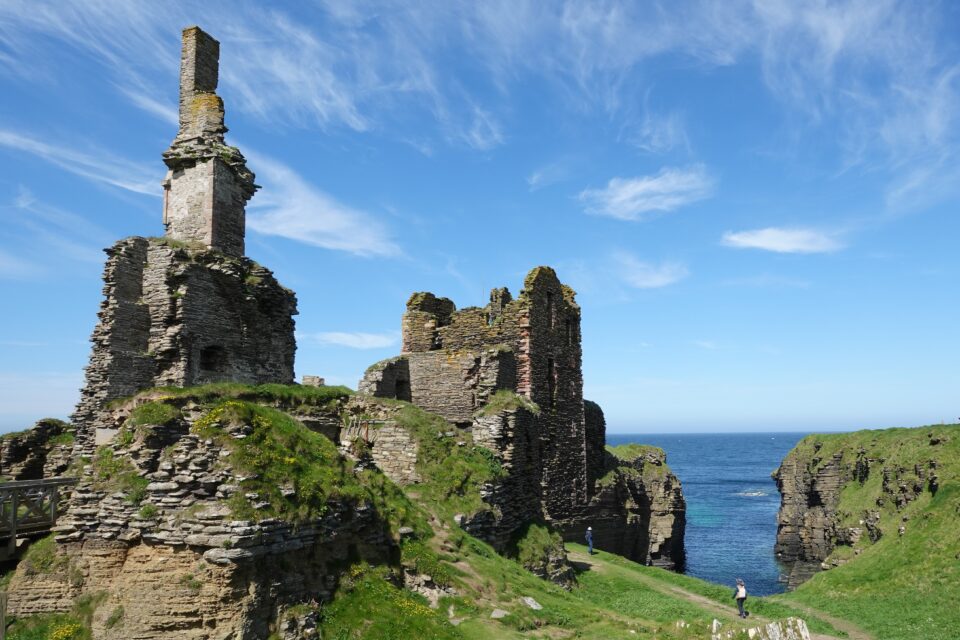
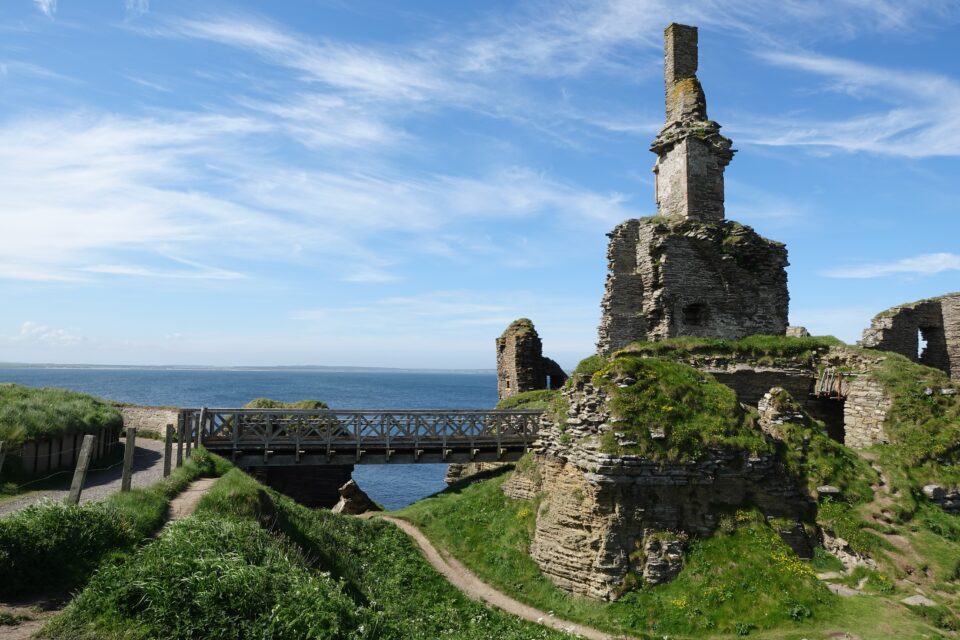
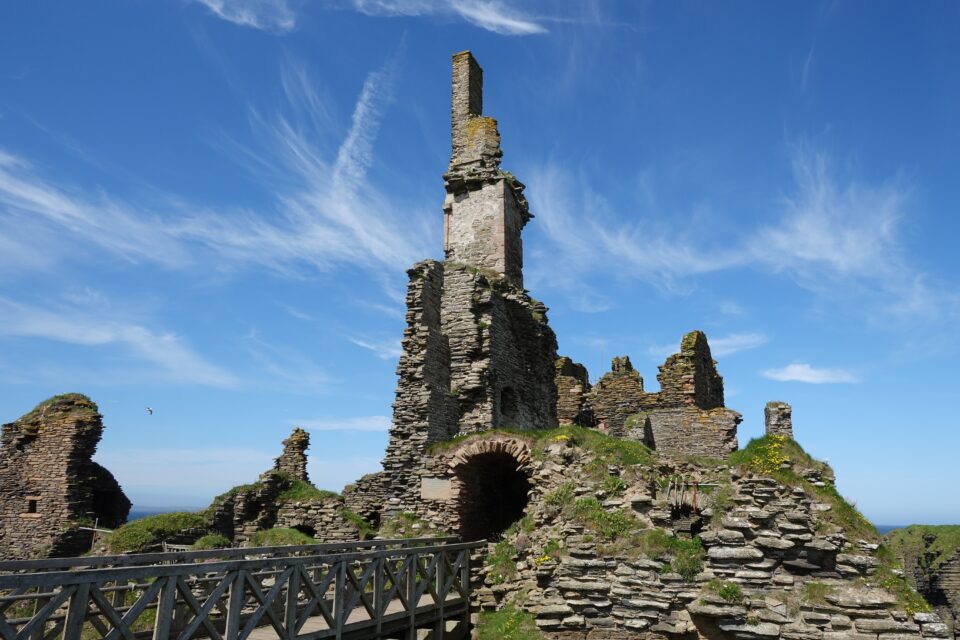
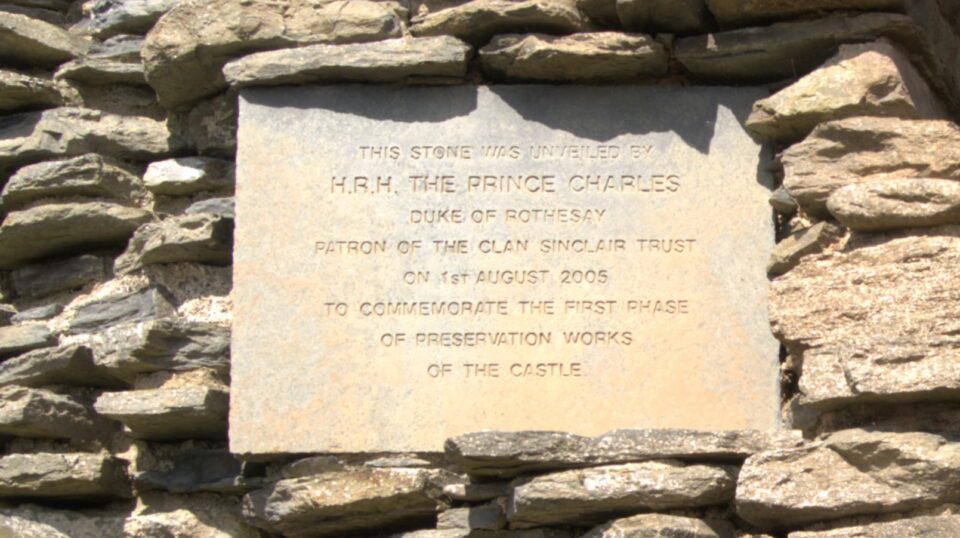
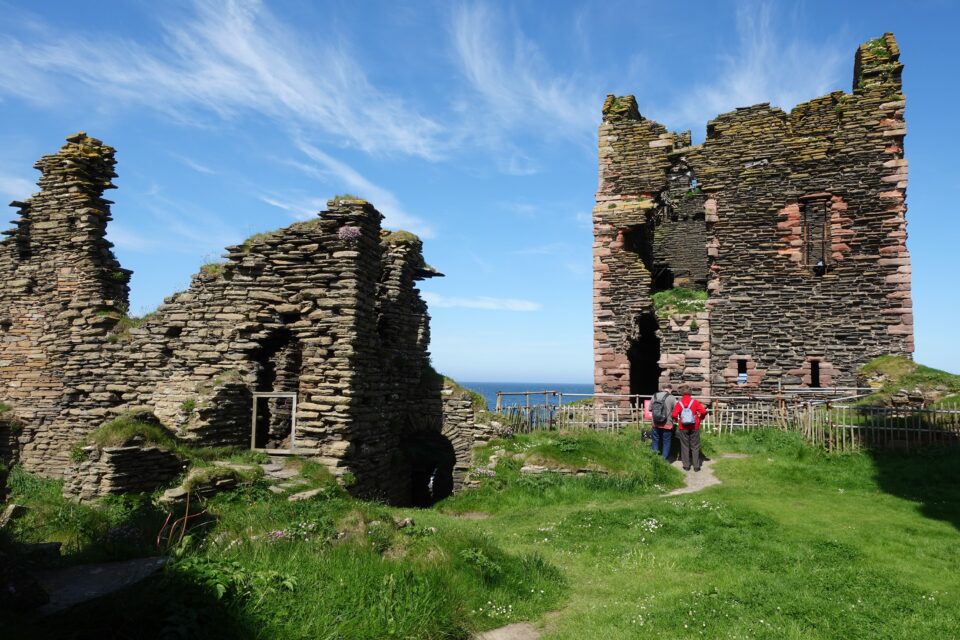
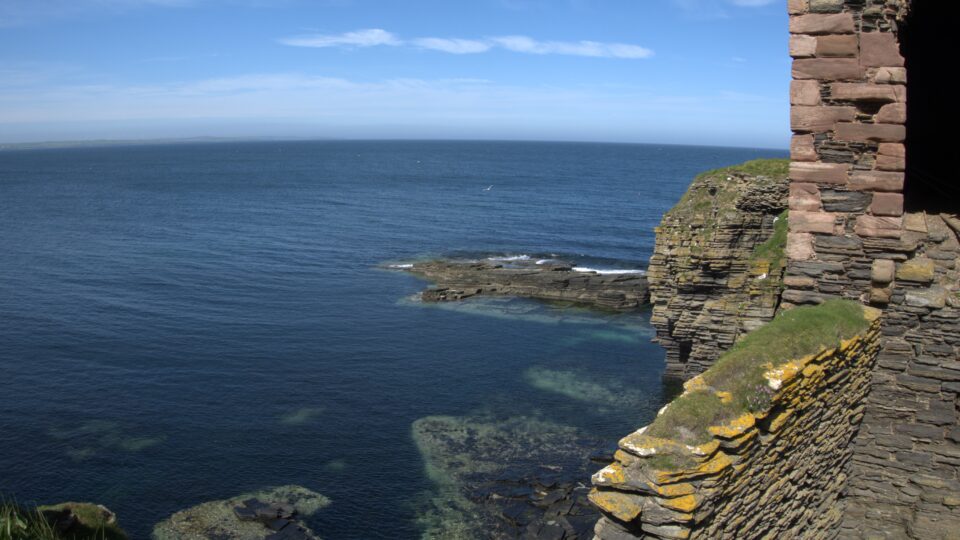
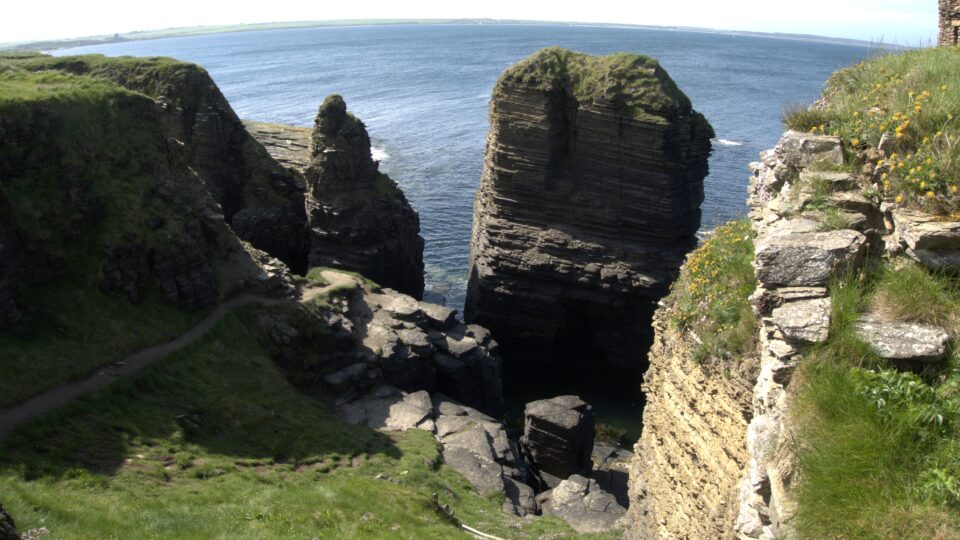
From the castle, to reach the lighthouse, we needed to first return to the car park. Approaching the car park, I noticed three concrete buildings that looked like something left over from World War II. Turns out that this once was a top-secret Royal Air Force (RAF) station to listen to German Air Force (Luftwaffe) wireless communications. The information received here was then transferred to Bletchley Park for deciphering. This station continued its operation during the cold war and was open until 1975. These structures are all that remain.
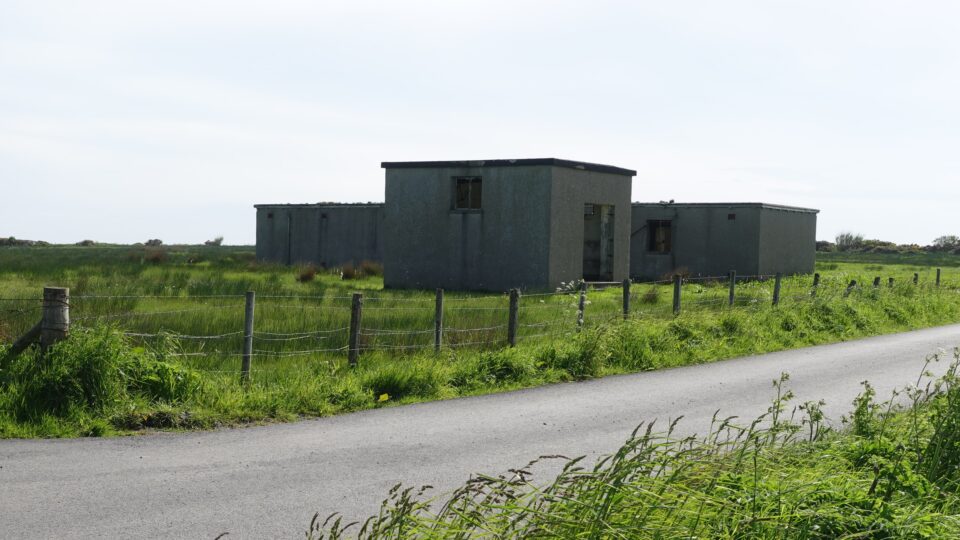
In the car park, Mark found something that interested him more.

From there, we went to the Noss Head Lighthouse.
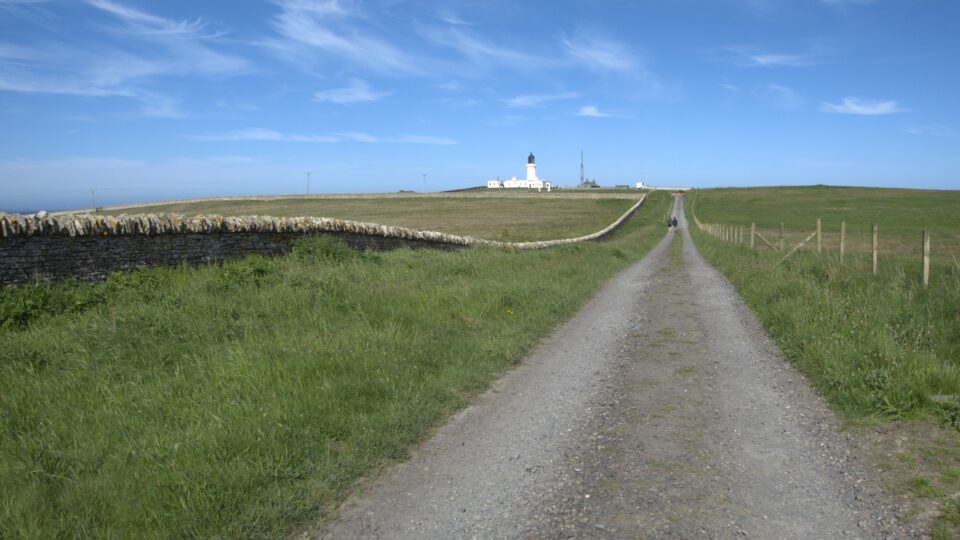
Noss Head Lighthouse began operation in 1849 and was engineered by Alan Stevenson, son of Robert Stevenson (who built the Tarbet Ness lighthouse we saw yesterday). It was automated in 1987. All lighthouses have distinct flashing patterns, known as characters. The character of this lighthouse is a flash of light every twenty seconds. The color being white or red, varying with direction.
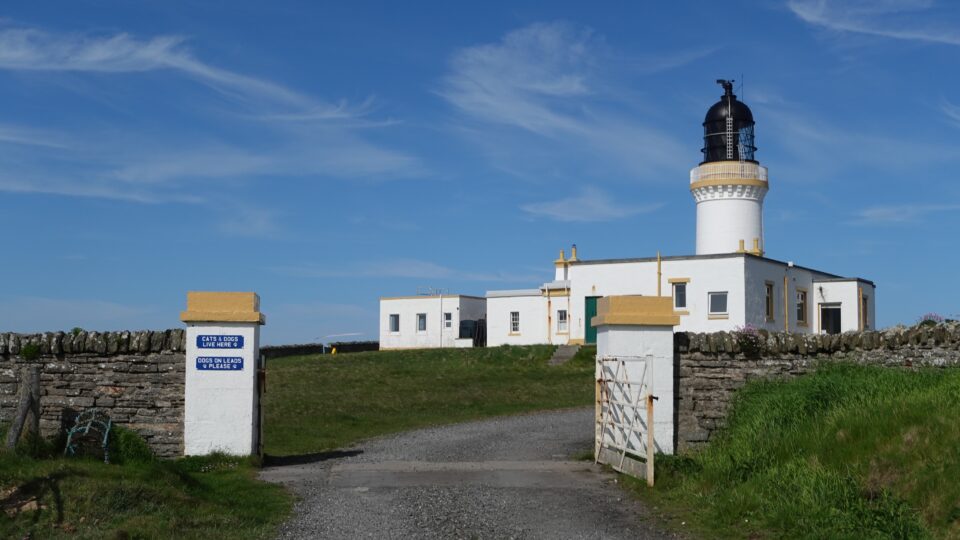
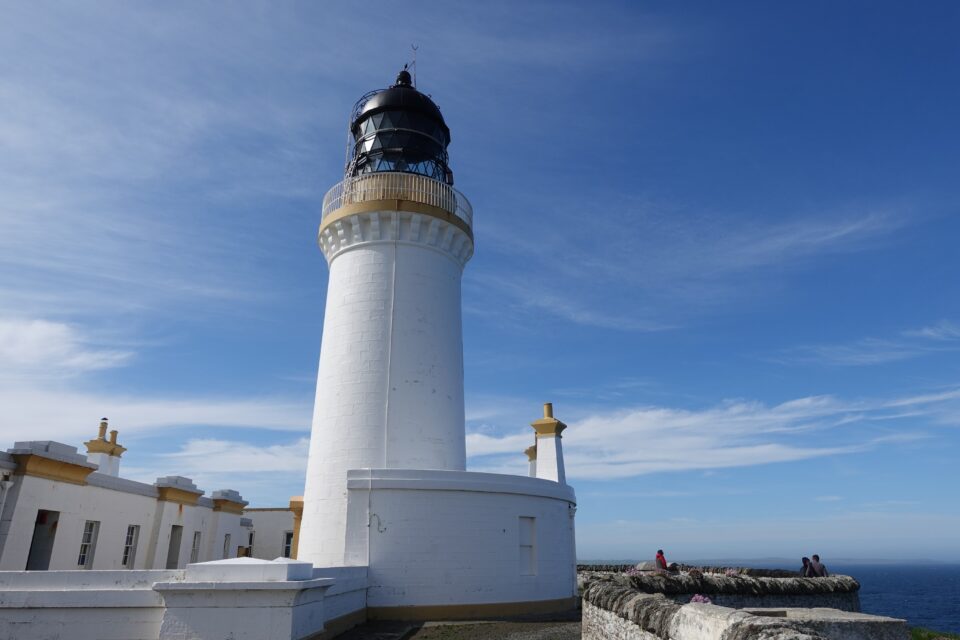
Since they were automated, the lighthouse no longer require an on-site keeper. Once a year someone from the Northern Lighthouse Board comes to do maintenance. In the lighthouses throughout the UK, many of the keepers cottages were sold to private individuals, and some of these individuals turned them into holiday homes. The Noss Head Lighthouse keeper’s cottage is available to rent.
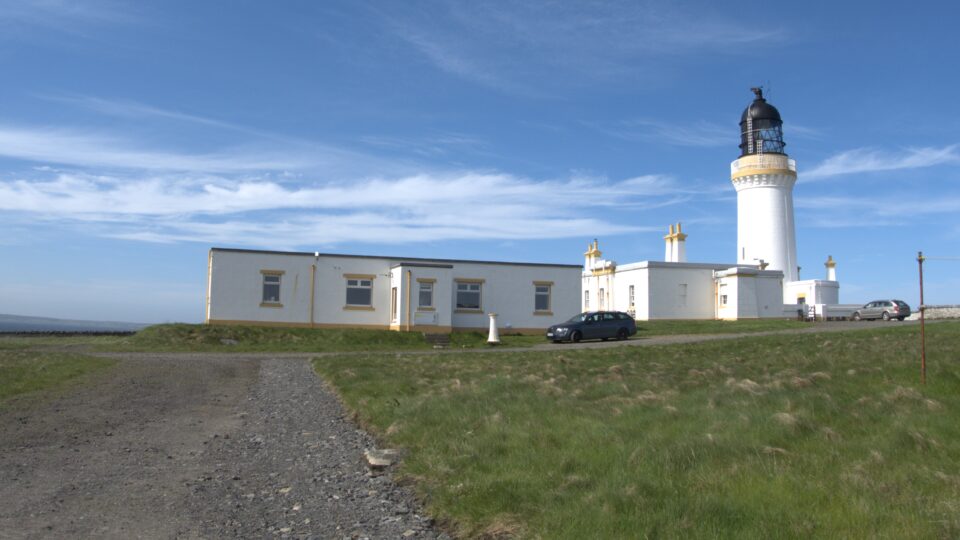
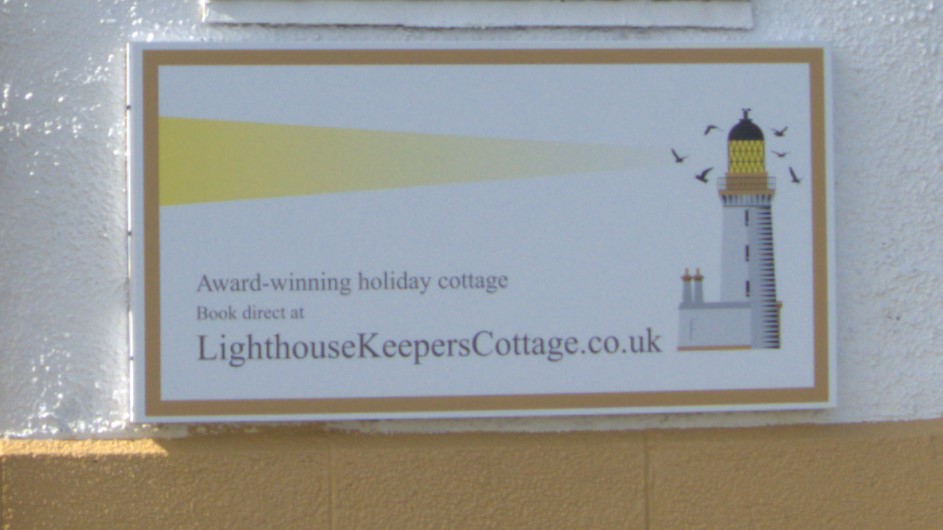
From Noss Head, we continued northward to our campground in John O’ Groats, a village that lies near the top right of the NC500 rectangle. We checked into our spot, however we were not done for the day. We still wanted to see Duncansby Head – the northeastern most point of mainland UK, about two miles northeast of John O’ Groats.
Now we would go to our second lighthouse today, the fourth in Scotland.
The Duncansby Head Lighthouse was established in 1924 by engineer David A Stevenson, grandson of Robert Stevenson. Three generations of Stevensons built close to 90 lighthouses throughout Scotland. This lighthouse was fully automated in 1997. It flashes a white light every 12 seconds.
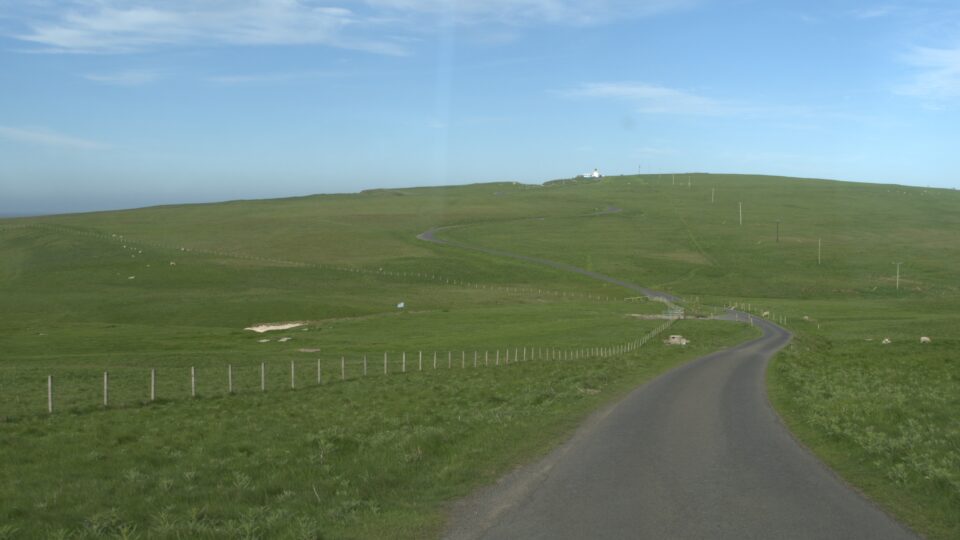
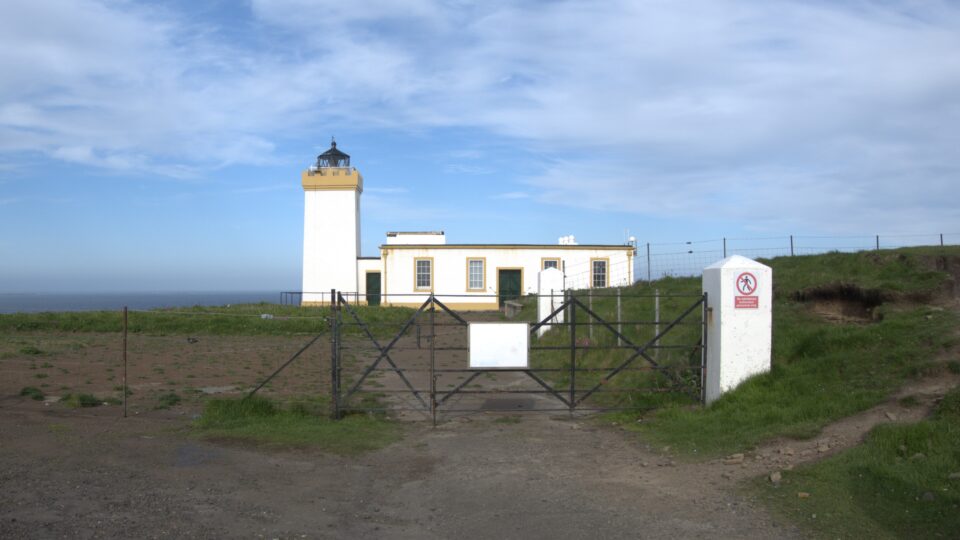

Although there is this small lighthouse, the main attraction that people come here for is the Duncansby Stacks. These are huge conical stacks offshore. To see them we would need to take a short walk through a sheep meadow. It was not raining, but the weather was drizzly and visibility was poor. Even in poor visibility, the stacks stood out and were very impressive.
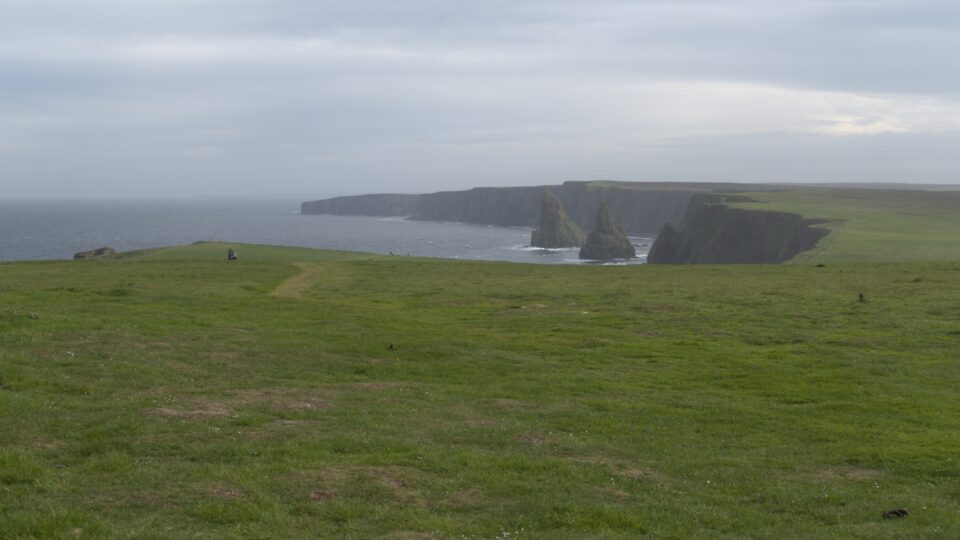
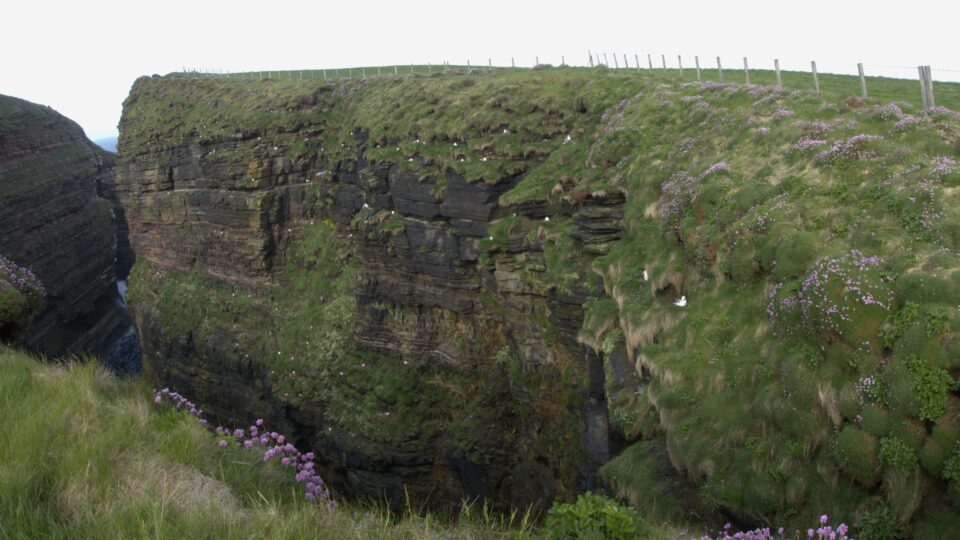
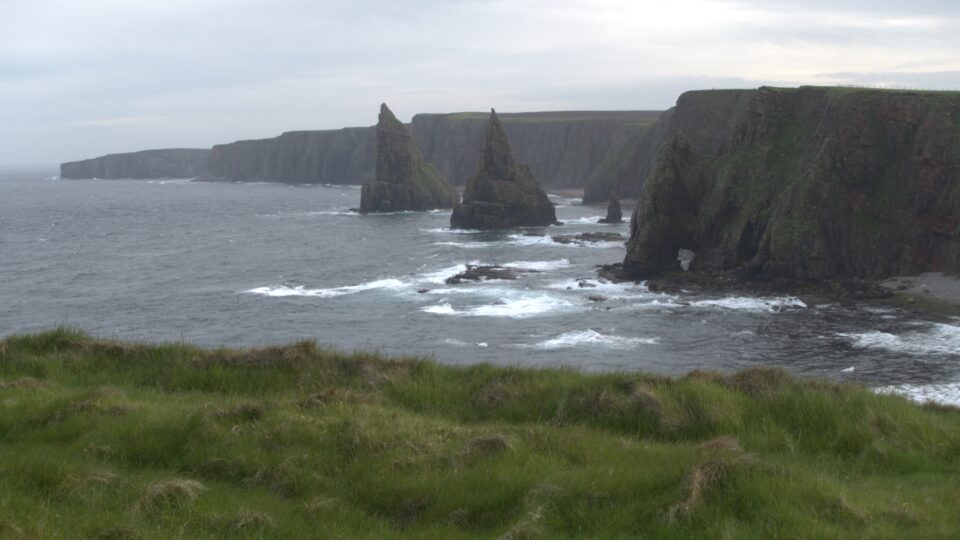
We then returned to our campsite and called it a night. Top right corner of the NC500 rectangle had been reached.
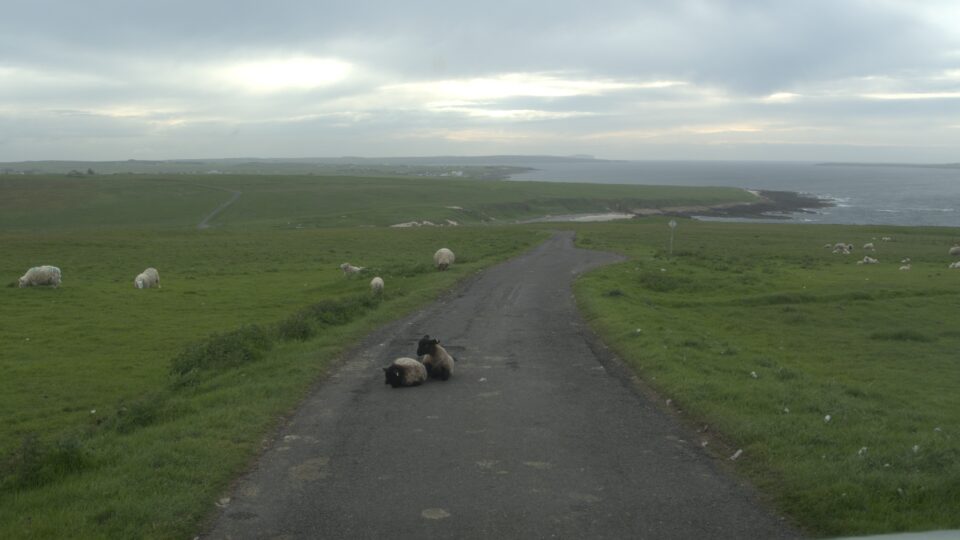
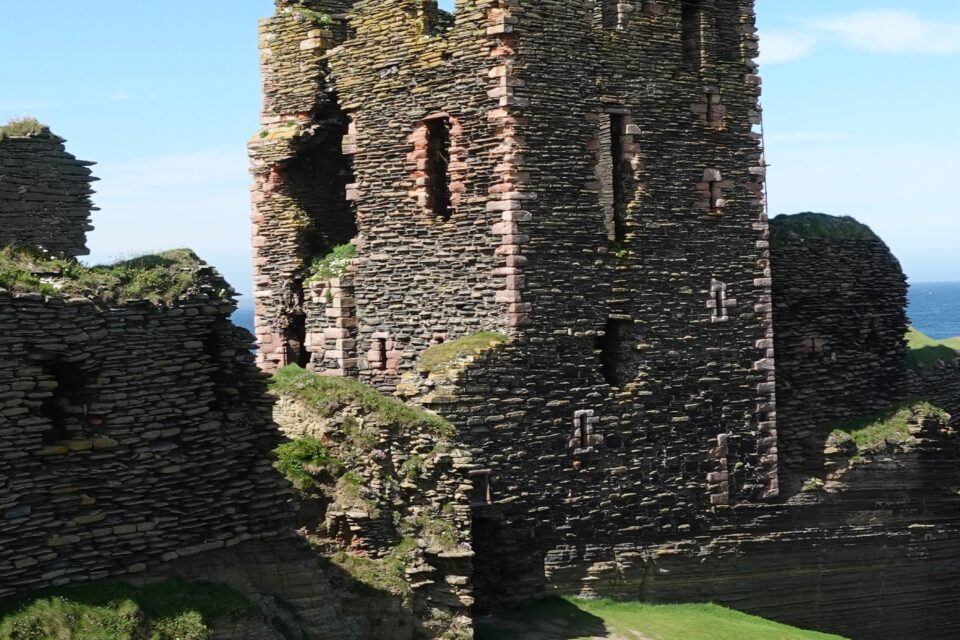
Good job making it up all those stairs!! Looks beautiful!
Looks like you make good use of the long daylight hours